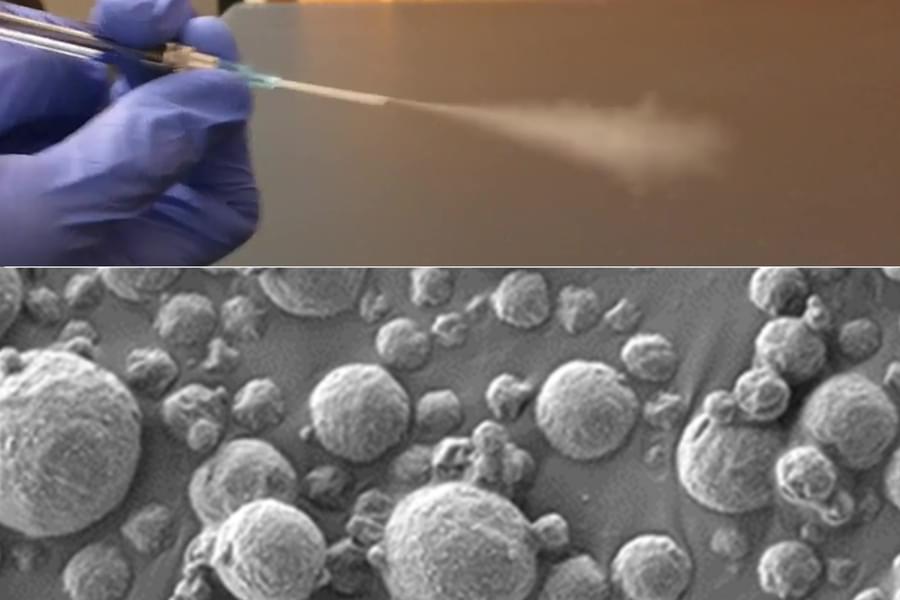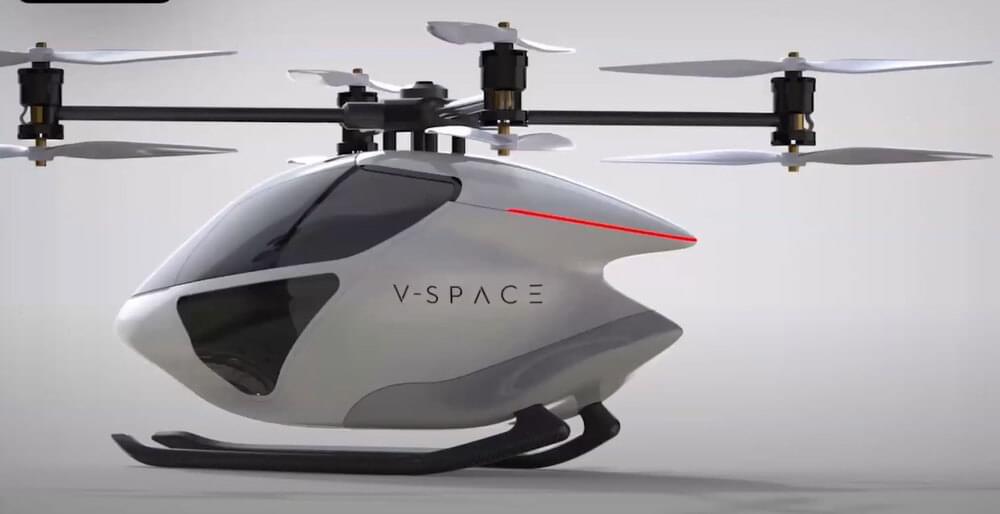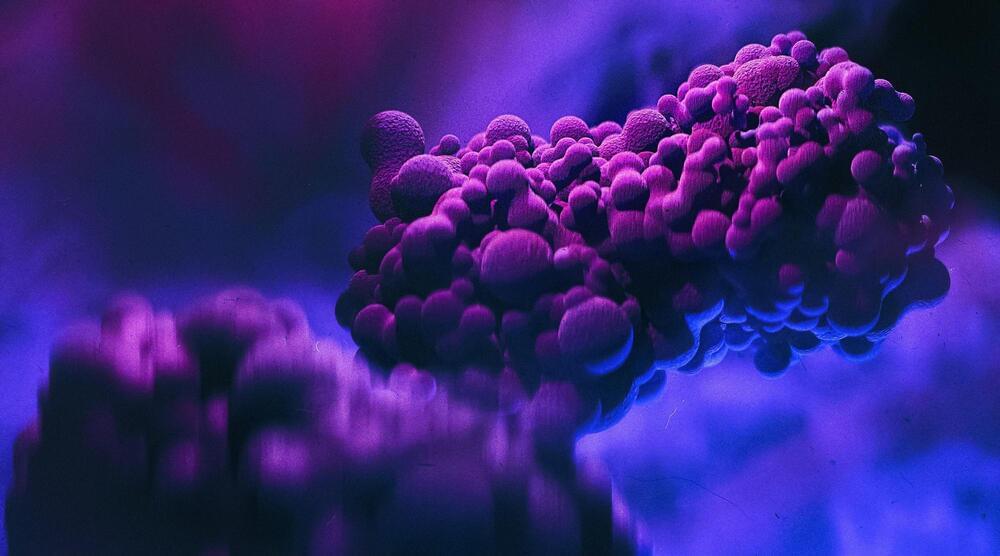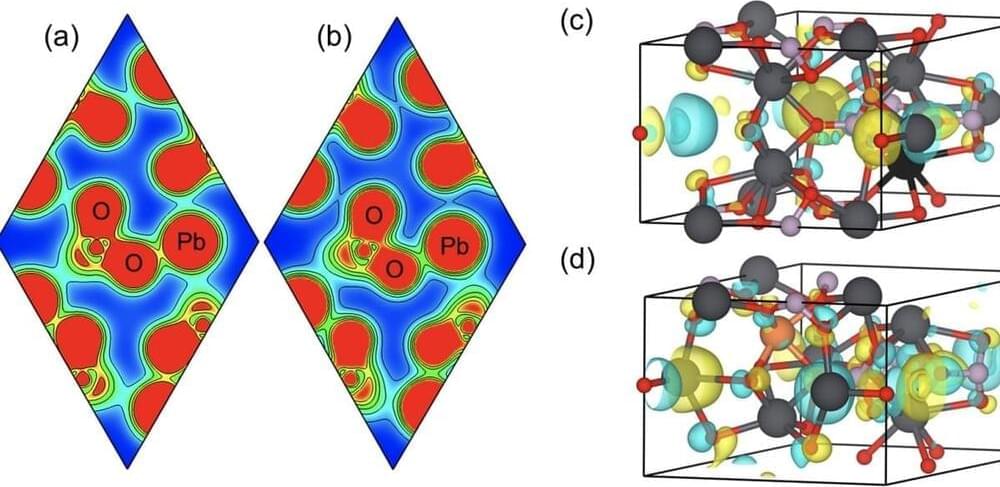Scientists are exploring the potential of quantum machine learning. But whether there are useful applications for the fusion of artificial intelligence and quantum computing is unclear.
Get the latest international news and world events from around the world.

Inhalable nanosensors could enable early lung cancer detection
Using a new technology developed at MIT, diagnosing lung cancer could become as easy as inhaling nanoparticle sensors and then taking a urine test that reveals whether a tumor is present.

V-Space Unveils V Speeder-X: An Efficient and Affordable Urban Air Mobility
V-Space (official site) is a startup that built Korea’s first UAM (Urban Air Transportation) destined to transport people or payloads of up to 120 Kg with their eVTOL all-electric vehicle. As its name indicates, it is a Vertical Take Off and Landing vehicle using a quad-copter design. It has a seat for one person and looks like a drone-like small helicopter.
EVTOL can fly over a 40-mile distance at a maximum speed of 60 Mph, a little bit below most U.S highway’s speed limits. Of course, the main advantage here is the lack of traffic jams, especially in an emergency.
However, the company has a hot new design called V Speeder-X, which looks a lot more modern and aerodynamic. The payload capacity is 230 Kg, but the speed has increased to 50 Mph as one of the use cases is to use the drone as an ambulance. Note that the flight time is relatively short, with about ~20 minutes.
NVIDIA RTX 5090 Specs: Over 24000 Cores, 32Gbps GDDR7 Memory, and 1536 GB/s Bandwidth
The GeForce RTX 5,090 will be NVIDIA’s next gaming flagship, doubling down on memory, cache, and cores. Multiple sources have shared their findings on the Blackwell top gun, which we’ll discuss in this post. RedGamingTech claims that the RTX 5,090 will feature 204 SMs for a total of 26,112 cores. On the memory side, we’re …



Redefining Monkeypox: New Study Reveals Startling Human Transmission Trends
A recent study reveals that the monkeypox, or mpox, virus is evolving into multiple strains due to mutations caused by ongoing interactions with the human immune system, suggesting that the virus has been circulating in humans since 2016.
“These observations of sustained MPXV transmission present a fundamental shift to the perceived paradigm of MPXV epidemiology as a zoonosis and highlight the need for revising public health messaging around MPXV as well as outbreak management and control,” write the authors.
Milestone moon lander mission targets an otherworldly frontier for DNA data storage
A history-making mission to send a commercial lander to the moon is set to carry DNA to the final frontier.

Berkeley Lab Researchers Explore Superconductivity Potential of LK99
In an exciting development, researchers at the Lawrence Berkeley National Laboratory (Berkeley Lab) have made significant strides in the exploration of a material known as LK99 and its potential for superconductivity. This innovative research, rooted in computational methods, has stirred the scientific community, despite initial skepticism. Their determined investigation into the optimization of LK99 as a superconductor holds promise for a scientific breakthrough, shedding light on the persistent nature of scientific research and the pursuit of knowledge.
Unraveling the Mysteries of LK99
Scientists at Berkeley Lab have been delving into the possibilities held by LK99, a material identified as a candidate for superconductivity. Their computational work suggests that through careful optimization, LK99 can indeed function as a superconductor. This breakthrough is the result of a relentless commitment to scientific exploration and the willingness to challenge conventional wisdom.

South Dakota Proposes Center for Quantum Information Science & Technology
Governor Kristi Noem has proposed a $6 million investment in a new Center for Quantum Information Science & Technology (C-QIST) in her recommended budget for the upcoming fiscal year.
According to details from the proposed budget, the center, a collaborative effort between Dakota State University, South Dakota School of Mines & Technology, South Dakota State University, and the University of South Dakota, aims to position the state as a leader in this emerging field with the potential to revolutionize everything from national security to healthcare.
The governor mentioned the potential of quantum computers to solve intractable problems as a reason for pursuing a quantum computing center, according to South Dakota Searchlight.